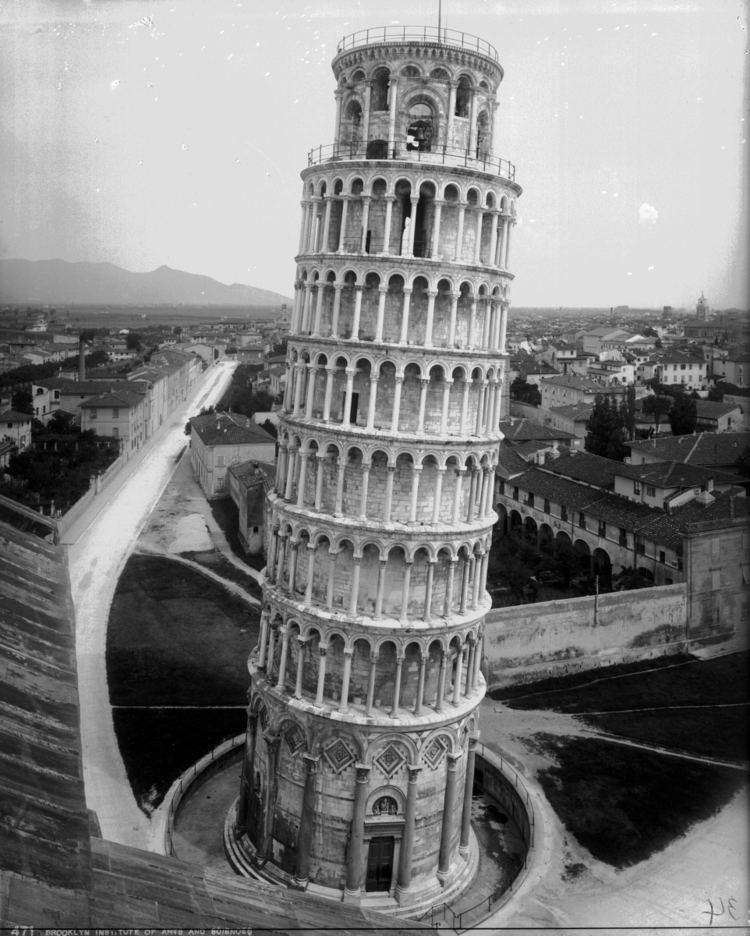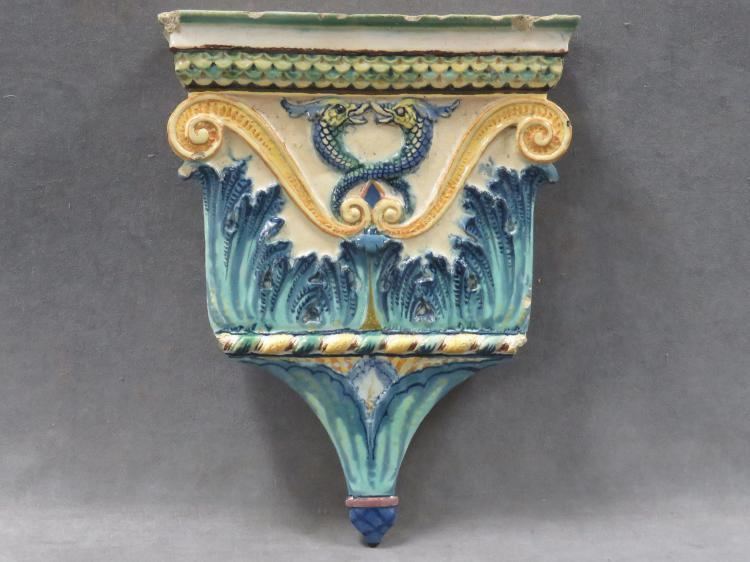Name John McKecknie | Died 1934 | |
 | ||
John W. McKecknie (1862–1934) was an American architect working in Kansas City, Missouri, who applied the principles of reinforced concrete in the construction of commercial structures clad in a repertory of classical motifs. He produced designs for some 120 commercial buildings, residences and apartment blocks, establishing the monumental character of West Armour Boulevard with more than a dozen colonnaded apartment blocks. Several of his structures are now registered in the National Register of Historic Places, and others contribute to their Historic District designations.

Born in Clarksville, Ohio, McKechnie studied for two years at Wilmington College, Wilmington, Ohio, (1880–82) before entering Princeton University (AB, 1886), which he followed with two years at the Columbia School of Mines, New York City. He worked in New York for Cady, Berg & See, architects of the original Metropolitan Opera House and the American Museum of Natural History. McKechnie taught evening courses in architecture at the Brooklyn Institute of Arts and Sciences, predecessor of the Brooklyn Museum, and installed full-scale sections of the Parthenon Notre Dame de Paris and other structures at the Metropolitan Museum of Art, New York.
In 1895 he toured Italy, documenting and drawing architecture. The results, supporting Prof. William H. Goodyear's theory that mathematical regularity in ancient buildings was the exception rather than the rule, was published in the Architectural Record, 1896-97.
In 1897/98 McKechnie moved to the booming city of Kansas City, Missouri, to work at first as architect for the builders Hucke & Sexton. By 1900 he had opened his own practice; in 1914 he was joined by his long-term employee Frank Trask as partner.
Selected works
All in Kansas City, Missouri
